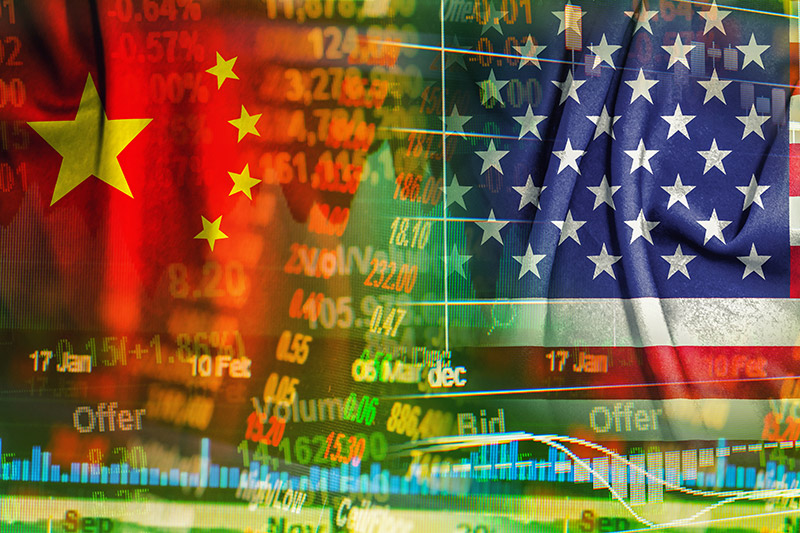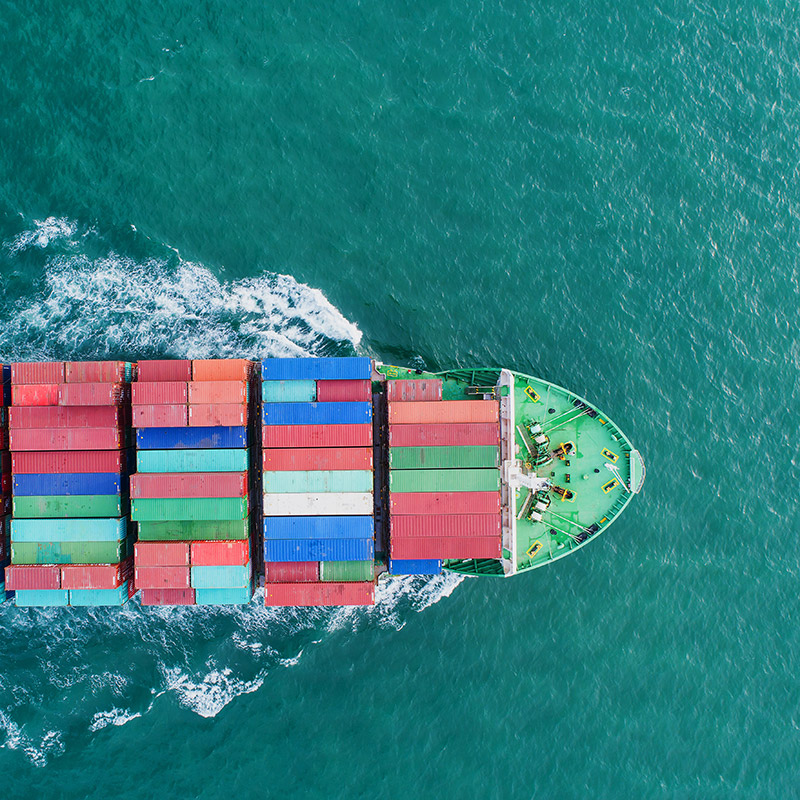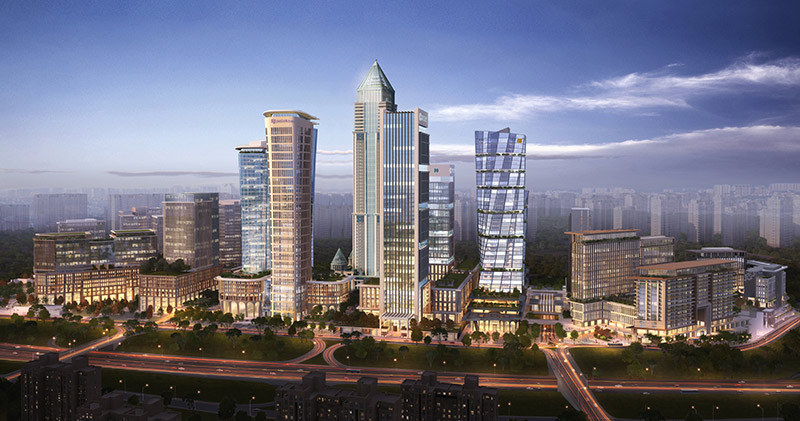Although, to date, sovereign wealth funds have largely avoided being caught in high-profile disputes, we hear substantial anecdotal evidence that US investors have been less welcoming of some SWF money during recent periods of heightened political sensitivity.
These tensions have had their greatest impact on sovereign wealth fund investment in hard assets
The Covid-19 pandemic is also likely to reinforce this trend. The lack of a globally coordinated response to managing the disease’s spread as well as the disruption to the global economy and supply chains will likely spark a rise in protectionism4 and a decentralisation of manufacturing capacity, with companies looking to bring production home.5
These tensions have had their greatest impact on sovereign wealth fund investment in hard assets, such as real estate and infrastructure, which can be considered strategic by governments.
Such sensitivities have become evident during the Covid-19 crisis. For example, on 17 March 2020, the Spanish government suspended the deregulation of FDI in Spain, specifically in certain sectors, including infrastructure and telecoms, that it considers to affect public policy, public security and public health.




